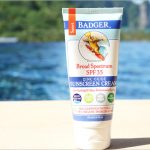
Is higher SPF in sunblocks better?
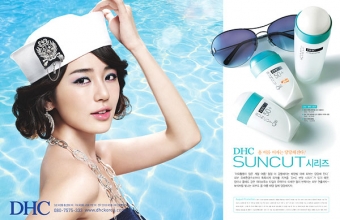
Yoon Eun Hye for DHC Suncut
A lot of us are probably under the impression that the higher the Sun Protection Factor or SPF of a sunblock, the better the protection. In theory, that is suppose to be so but in reality, studies have shown that products with a SPF over 50 do not provide any significantly better protection than one over 30.
Protecting against UVB
According to The Skin Cancer Foundation, most sunblocks with an SPF of 15 or higher do an excellent job of protecting against UVB.
SPF is a measure of a sunblock’s ability to prevent UVB from damaging the skin and if your skin burns after 20 minutes under the sun, using an SPF 15 sunblock will protect your skin for 15 times longer, hence providing protection of up to 300 minutes or five hours when you apply enough. Another way to look at it is in terms of percentages. When applied properly, an SPF 15 filters out 93 percent of UVB, SPF 30 filters 97 percent and SPF 50 filters 98 percent.
Protecting against UVA
Besides SPF, consumers should select a sunblock that provides broad-spectrum protection against both UVA and UVB. The only way to be sure a product protects into the UVA range is by checking to see if one or more of the UVA-protective ingredients such as avobenzone, oxybenzone, mexoryl, zinc oxide and titanium dioxide is listed among its active ingredients. I always look out for the latter two when buying sunblocks and note what I wrote about oxybenzone in my earlier entry and why it should be avoided.
The Japanese PA system
If you’re buying sunblock from a Japanese brand, you’re likely to come across the PA rating system. The PA system is the protection grade for UVA rays. There are four levels of protection — PA, PA+, PA++ and PA+++. The higher the level of PA, the more protection you get.
No sunblock is full proof
The general advice is always to reapply your sunblock every two hours or whenever possible. If you’re going to go under really hot sun, you should apply a really thick coat of sunblock to get the actual protection stated. But you may also want to know that in reality, no matter what sunblock you use, some UV still gets through to the skin. Hence, you should seek other forms of protection such as hats and sunglasses or avoid the sun whenever you can.
Comments
Leave a Reply
You must be logged in to post a comment.

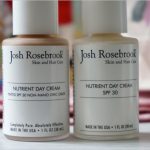
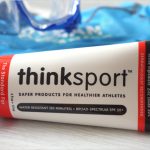
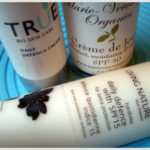











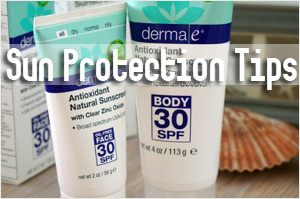
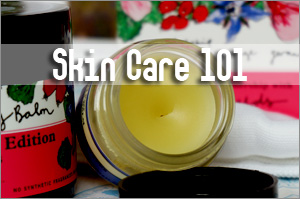
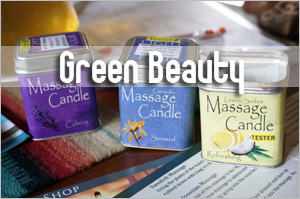
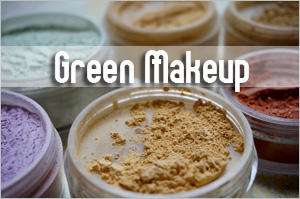
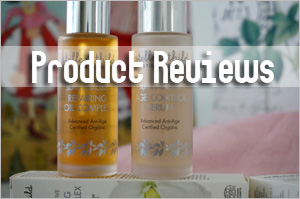
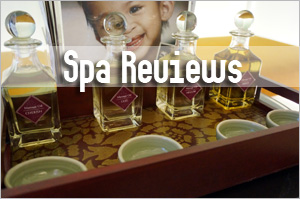
There’s is a misconception about higher spf. Wearing higher spf sunscreen does not mean you can stay out in the sun longer without reapplying it.
The SPF number has nothing to do with time. That statement is incorrect. The higher the number does not mean one can stay out x minutes longer or one can stay out x times longer.
Why is it incorrect? What’s correct then? So the Skin Cancer Foundation is wrong in that regards?
SPF indicates how MUCH UVB is blocked.
So SPF 15 allows 1/15 of UVB to reach your cells – it blocks about 93% of UVB.
SPF 30 allows 1/30 of UVB through – it blocks about 97% of UVB.
SPF 50 allows 1/50 through, blocking 98% of UVB.
And an SPF of 100 would allow 1/100 through, blocking 99% UVB.
Notice SPF has nothing to do with UVA penetration.
SPF measures how much UVB passes through. It still needs to be reapplied every two hours because the chemicals breaks down at the same rate, regardless of SPF.
That’s what I wrote in the entry isn’t it? The time is just another way to look at it.